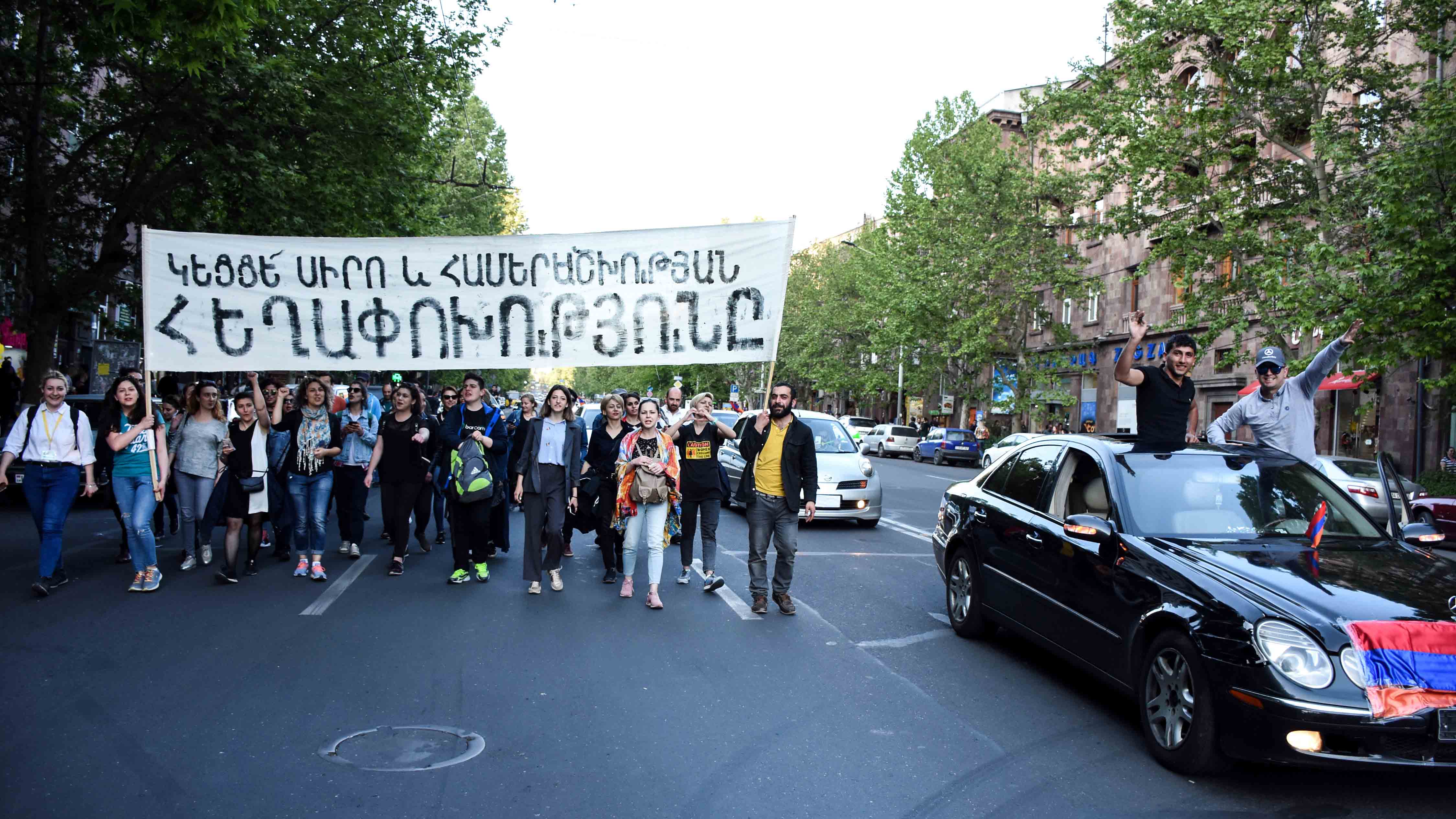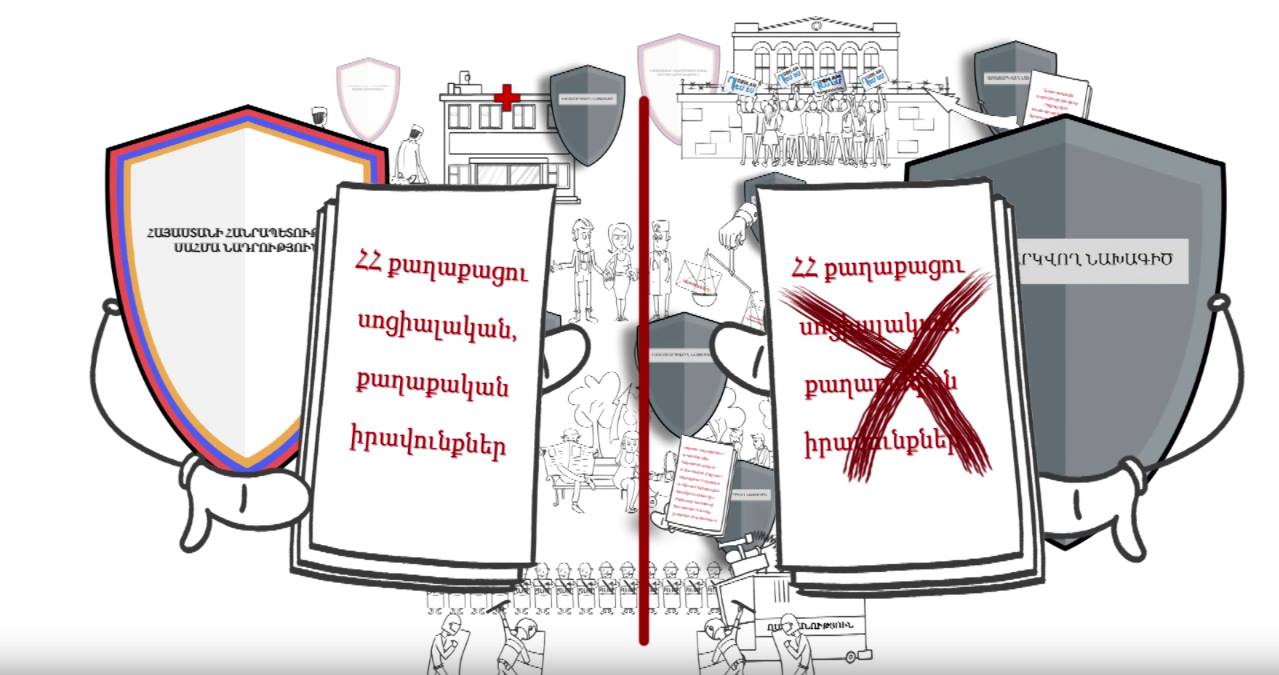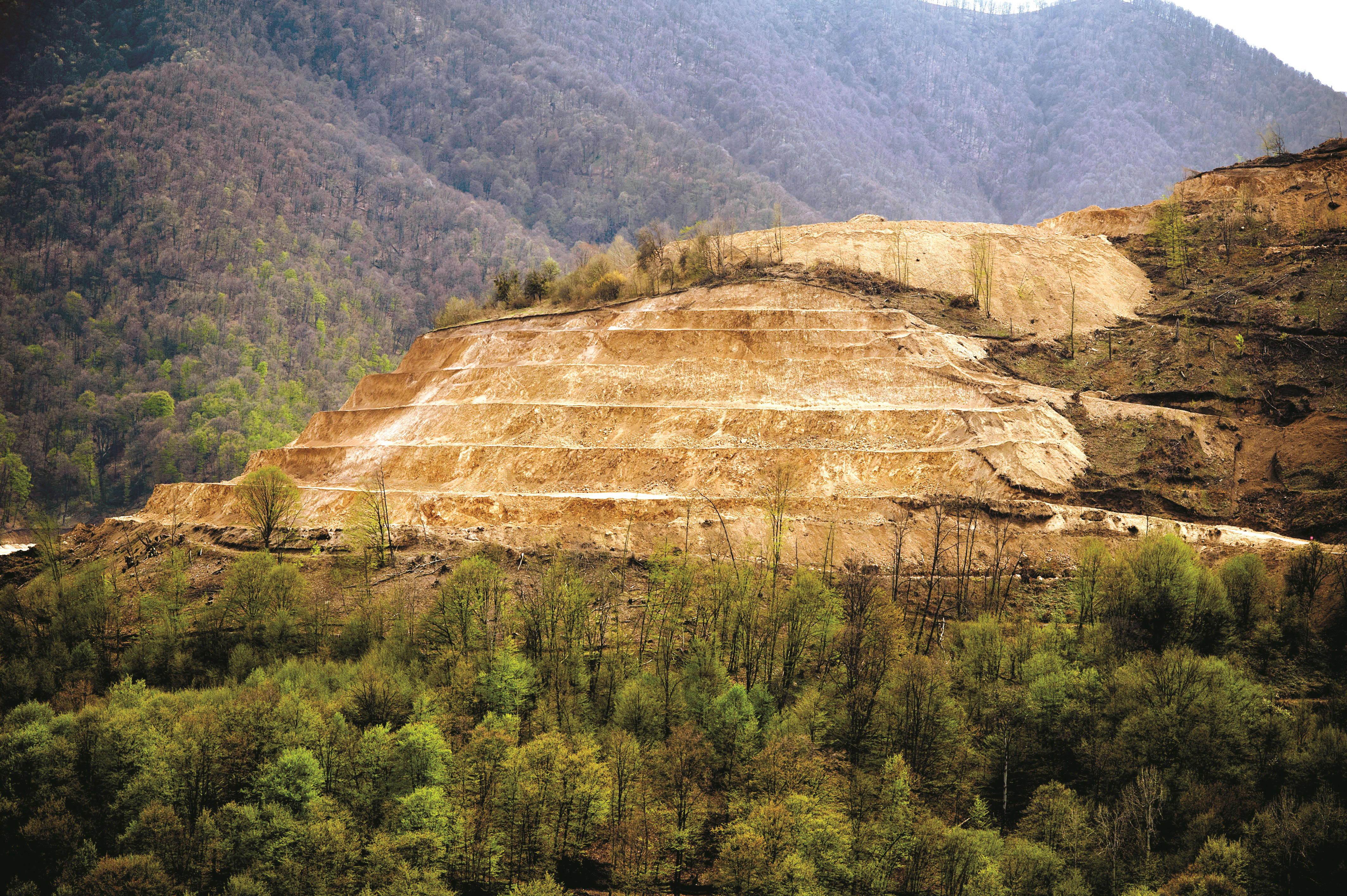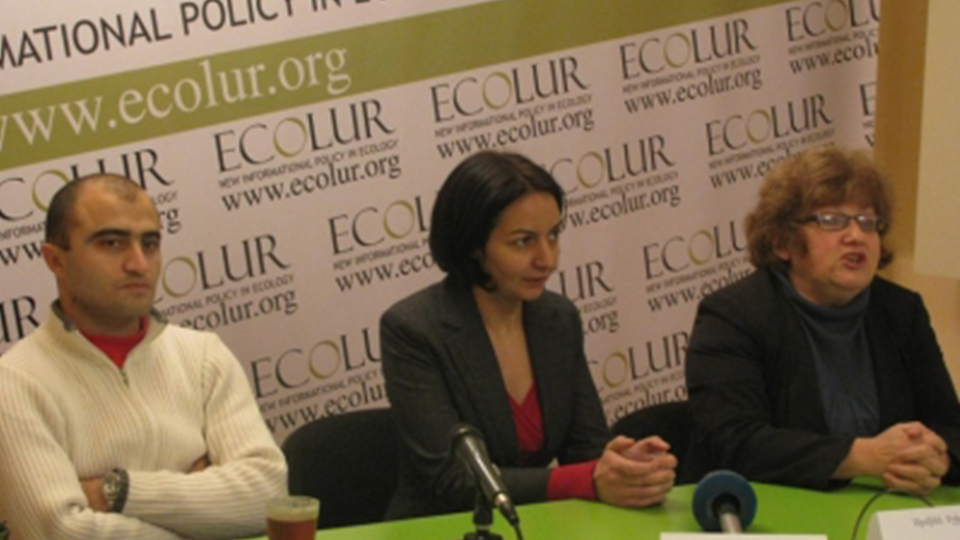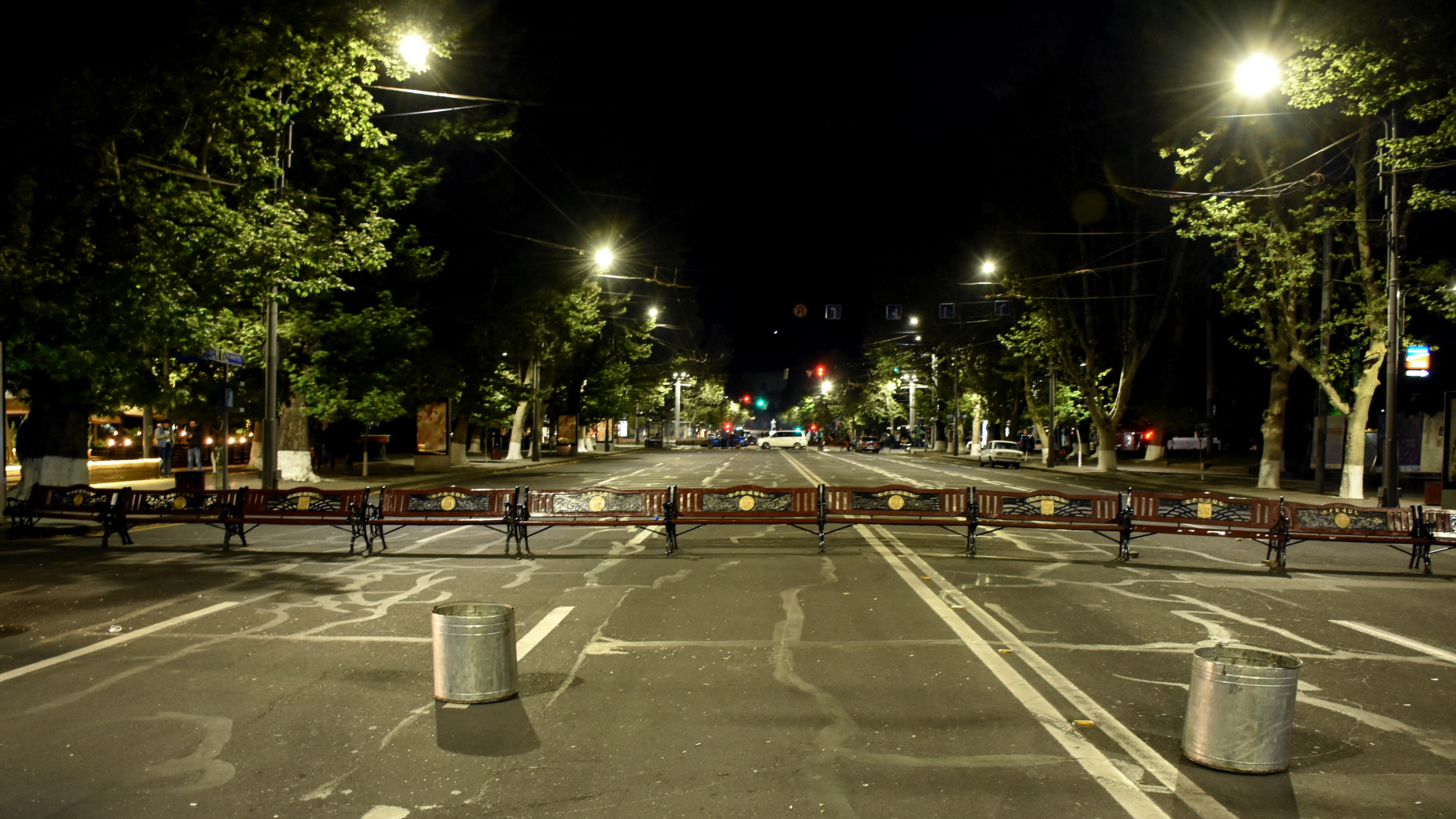
The research demonstrates how progressive civil society groups became the avant-garde of the Armenian revolution by acting as an inspiration and role model for larger social groups by popularizing various mechanisms and techniques of resistance. While some individuals from these groups became part of the interim government or local self-government bodies shortly after the revolution and were more...


